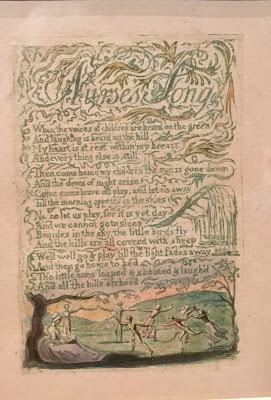Christos Tsiolkas is best known for his novel The Slap, which tells the story of a group of friends who go to a barbecue and disagree when one of them slaps the child of another. I thought the concept was clever, but I hated the characters, who seemed vulgar and grasping and driven by startlingly forceful sexual appetites.
All the same, I did recognise that Tsiolkas writes energetically and has original ideas, which is why, when I saw his latest novel in a bookshop in Sydney, I bought it - that and the fact that I was intrigued to discover that he had chosen St Paul as the book's central character and subject, a choice that, had he not already made a success of his writing, might well have guaranteed that the book would never be published. But it has been - and one can't help wondering if Saint Paul is having what is these days called "a moment", since the historian Tom Holland has just published a book called Dominion which, as I understand it, is essentially an attempt to explain how Saint Paul is central to western civilisation, influencing the ideas and thought of even those who are most violently opposed to the religion he espoused.
Tsiolkas's novel is written in the present tense, (so much is these days, and I'm still not at peace with it) and contains dialogue that is often rather wooden. It has very little in the way of a plot, which may explain the large amount of semi-pornographic sex and violence within it, which may be intended as compensation.
Given that Tsiolkas has spent the last several years studying all aspects of Saint Paul's life and times, (including, I assume from his reference at one point to a feast that includes 'salted acorns', the culinary habits of the period [does anyone have a recipe for 'salted acorns' I wonder?]), I hesitate to challenge his portrayal of Paul's world as obsessed with violent sex*, circumcision and the punitive removal of genitalia in the most painful ways possible. And who am I to argue with his characterisation of Paul as a repressed and tormented homosexual who was in love with Timothy or his depiction of Timothy's death as suicide.
Tsiolkas has done the research and I haven't, but I still find these last two suggestions offensive, even sacrilegious - although one might argue that, as Tsiolkas is himself gay, the most loving thing he can do to a character is to make him gay too. But the Paul who wrote the various wise letters that form a large part of the New Testament does not seem to me to have anything to do with Tsiolkas's tortured fanatic, who spends most of his time in the book engaged in a desperate struggle with his sexual impulses. (And, given that the sex in the book is so full of disgust and deliberately inflicted pain, I can't help wondering about Tsiolkas's happiness, because at least in this piece of fiction he seems unable to imagine love and sex as coexistent.)
This is a strange and courageous (and, as so often nowadays, sloppily edited) book, which is largely unappetising. However, I do admire its author for tackling the unfashionable subject of Christianity with honesty and sincerity, and on some level understanding the importance and revolutionary nature of the faith:
"...the Lord forgives. That was the thing about the Jews that the Greeks and Romans could never understand. Their gods despised men for not being gods. This was the greatest wickedness, the worst lunacy. The Lord was the only god that forgave men as men"
as well as the difficulty of actually being a good Christian:
"I bring my head to the cool plank of the floor and pray for forgiveness, pray for charity and for filial love ... I pray, but rather than being soothed by the balm of selflessness and duty, my heart is struck by the poison dart of envy."
I will not be giving Damascus to any of my friends as a Christmas present, as for much of the time while reading it I was feeling rather sickened, but I admire Tsiolkas for taking the subject on.
-------------------------------------------------------------------------------------------------
*Read no further if you don't want to feel queasy, but here are two passages to give a sense of what I'm referring to when I complain of the sado-porn aspect I discern in the text:
"...we enter the tight unsoiled cunts of the girls and we break open the tight buttocks of the boys and our spirits and our sex are guided by the hand of Venus and our hatred and our lust is enflamed by the mighty Mars and .... as we spill our seed into the children and the maidens and the women and the crones we know we are continuing the justice of war ... and we know we are beloved of The God and in this sodden pit our sex is full and we smear our sex with blood and we spill into the earth ...."
"...I look down to my body, below the blood-soaked pelt of my loins where there was once my sex there is now only a gash, raw and violently purple meat; flyblown, host to crawling, feasting maggots ...|
























































